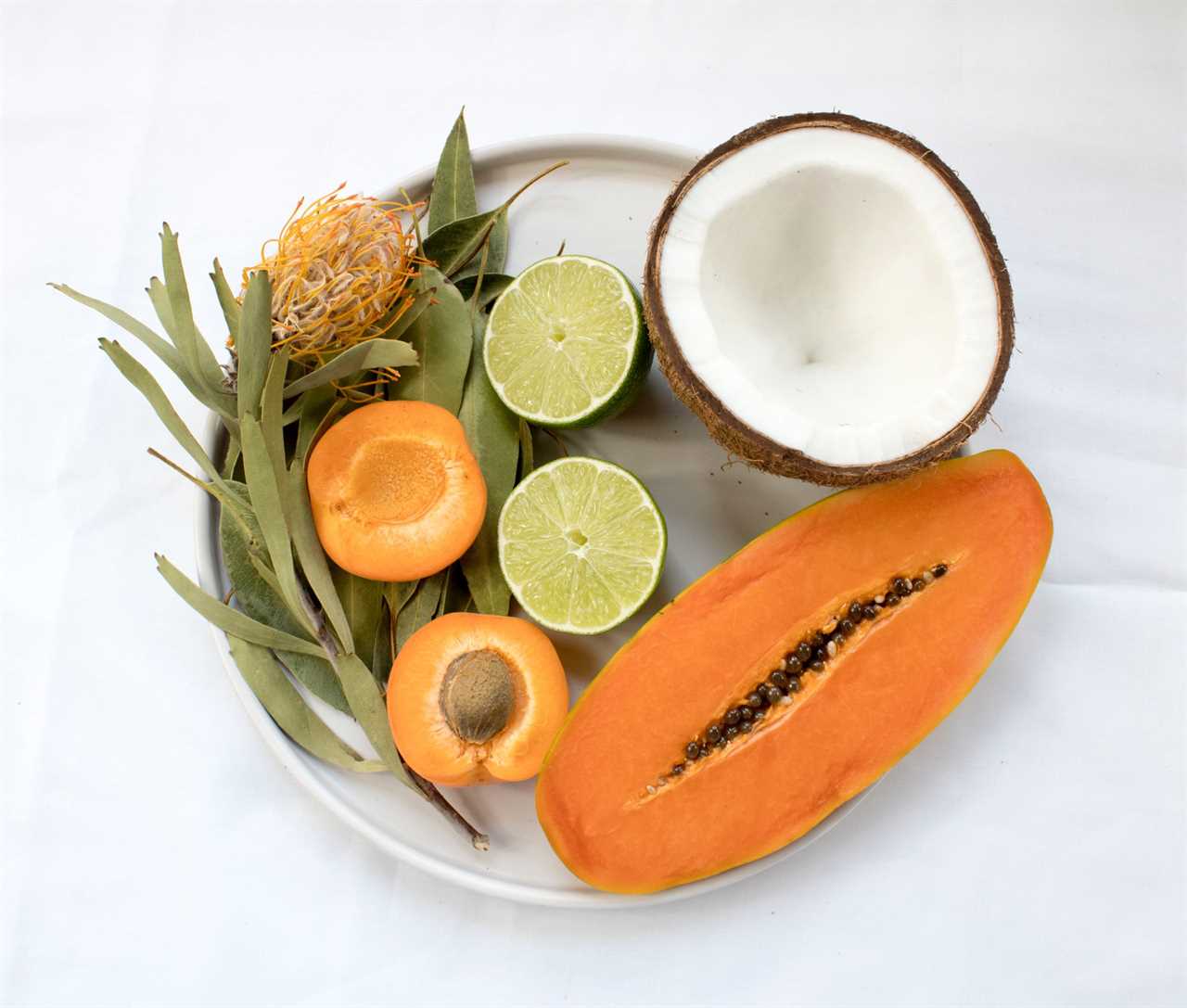We’re all for antioxidants – here’s why:

The term “antioxidant” tends to be thrown around like a trendy buzzword, but these compounds are far from a fad. Antioxidants are truly integral to health and provide a mechanism by which our bodies can counteract aging and damage.
Here, we breakdown the important facts about antioxidants and where you can find them in your everyday diet, without having to subscribe to the next “superfood tea” on the market or the latest Instagram scam.
WHAT ARE ANTIOXIDANTS?
Antioxidants are compounds that do exactly as their name suggests: they fight oxidation to prevent cellular damage [1]. What is oxidation, you might ask? Oxidation is damage at the cellular level, due to free radical exposure. Free radicals are unstable, electron-carrying oxygen and nitrogen molecules. They come from the environment: pollution, UV rays, and smoke. They even occur naturally within the body as a result processes like digestion and exercise [1].
TYPES OF ANTIOXIDANTS
VITAMINS C & E – C and E work double duty as antioxidants as well as water- and fat-soluble vitamins. Both are able to accept unpaired (aka unstable) electrons, meaning they have the ability to neutralize reactive oxygen and nitrogen species before they can do damage. A great, tangible example of this amazing benefit is what vitamin C can do for our skin. Vitamin C is found in a ton of skincare creams and serums to reverse sun damage and prevent pollution from damaging skin.
If you slice an apple and let it sit for an hour, it will likely turn a light shade of brown. But if you squirt the juice of a lemon over the apple, it looks perfectly fresh after hours out on the counter. That’s vitamin C working it’s magic against oxidation from the air, preventing free electrons from breaking down the cells inside the apple!
Vitamin C is found in citrus, bell peppers, guava, broccoli, kale, and strawberries. Vitamin E is found in nuts and seeds, as well as leafy greens, salmon, and avocado.
CAROTENOIDS – Carotenoids are found in fruits, vegetables, and even some protein sources. You may recognize them by name: beta-carotene, aka the compound that makes carrots orange, lutein, found in eggs and great for eye health, and zeaxanthin, which gives paprika, saffron, and corn it’s beautiful hue.
The benefits of carotenoids are numerous as they are precursors to vitamin A. They are associated with decreased risk of cancers, age-related macular degeneration, and UV damage. They also are thought to play a role in immune health [3].
PHENOLIC COMPOUNDS – phenolic compounds include tannins, lignans, and flavonoids like anthocyanins and quercetin.
Anthocyanins (containing the root -cyan, meaning blue) are what give berries their color! They are also found in black carrots, purple potatoes, and red cabbage. Quercetin is found in leafy greens, citrus, berries, herbs, spices, tea, and cocoa. These compounds have anti-inflammatory and antimicrobial properties and have been shown to reduce the risk of cardiovascular disease [4].
Phenolic compounds are also the subject of a new area of study surrounding prebiotics, or the metabolites that can be used as energy by our gut bacteria. While fiber is typically touted as the main prebiotic, phenolic compounds can selectively inhibit the growth of harmful bacteria while allowing beneficial bacteria to flourish [5].
THE BOTTOM LINE
A diet rich in fruits, vegetables, healthy fats like nuts and seeds, and protein like eggs will provide a plethora of antioxidants to improve health and prevent free radical damage. And the next time you want to impress somebody, be sure to tell them you know exactly how lemon juice prevents an apple from browning. It’s just science, people!
References:
- [1] “Antioxidants: In Depth.” https://www.nccih.nih.gov/health/antioxidants-in-depth
- [2]“Antioxidants” https://www.hsph.harvard.edu/nutritionsource/antioxidants/#introduction
- [3] Cooperstone, Jessica et al. “Recent Insights Into Health Benefits of Carotenoids” 2016. https://www.sciencedirect.com/science/article/pii/B9780081003718000208
- [4] Khoo, Hock Eng et al. “Anthocyanidins and anthocyanins: colored pigments as food, pharmaceutical ingredients, and the potential health benefits.” Food & nutrition research vol. 61,1 1361779. 13 Aug. 2017, doi:10.1080/16546628.2017.1361779
- [5] Pacheco-Ordaz, R et al. “Effect of phenolic compounds on the growth of selected probiotic and pathogenic bacteria.” Letters in applied microbiology vol. 66,1 (2018): 25-31. doi:10.1111/lam.12814
The post Get to Know: Antioxidants appeared first on F-Factor.
---------------------------
By: Jessica Rossman
Title: Get to Know: Antioxidants
Sourced From: www.ffactor.com/ak-antioxidants/
Published Date: Wed, 12 Aug 2020 00:25:01 +0000
Read More
Did you miss our previous article...
https://prohealthsciences.com/fitness-and-exercise/the-famous-easy-home-workout-tone-up-at-home
 General Health and WellnessFitness and ExerciseSupplements and VitaminsPandemic NewsVideosPrivacy PolicyTerms And Conditions
General Health and WellnessFitness and ExerciseSupplements and VitaminsPandemic NewsVideosPrivacy PolicyTerms And Conditions
